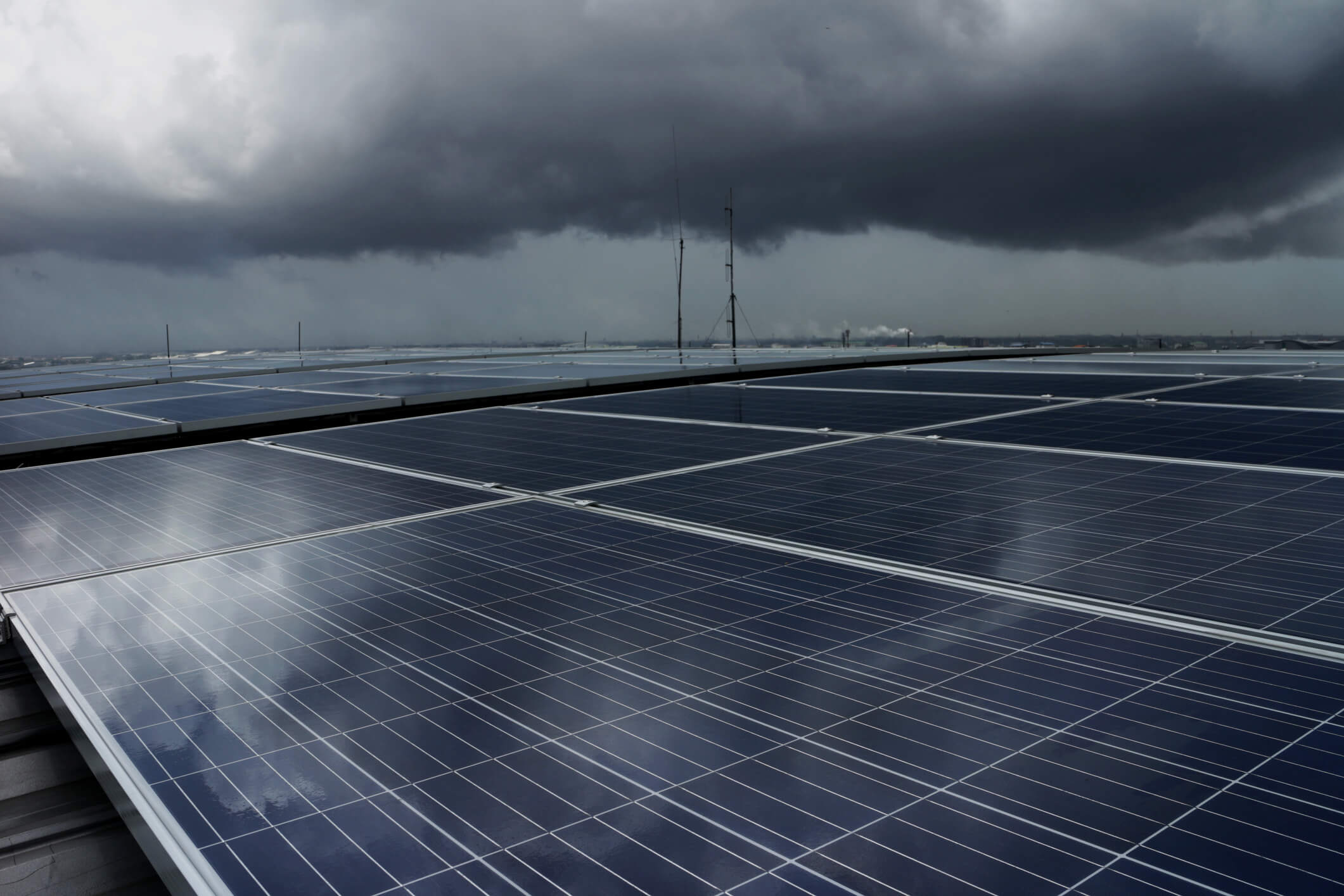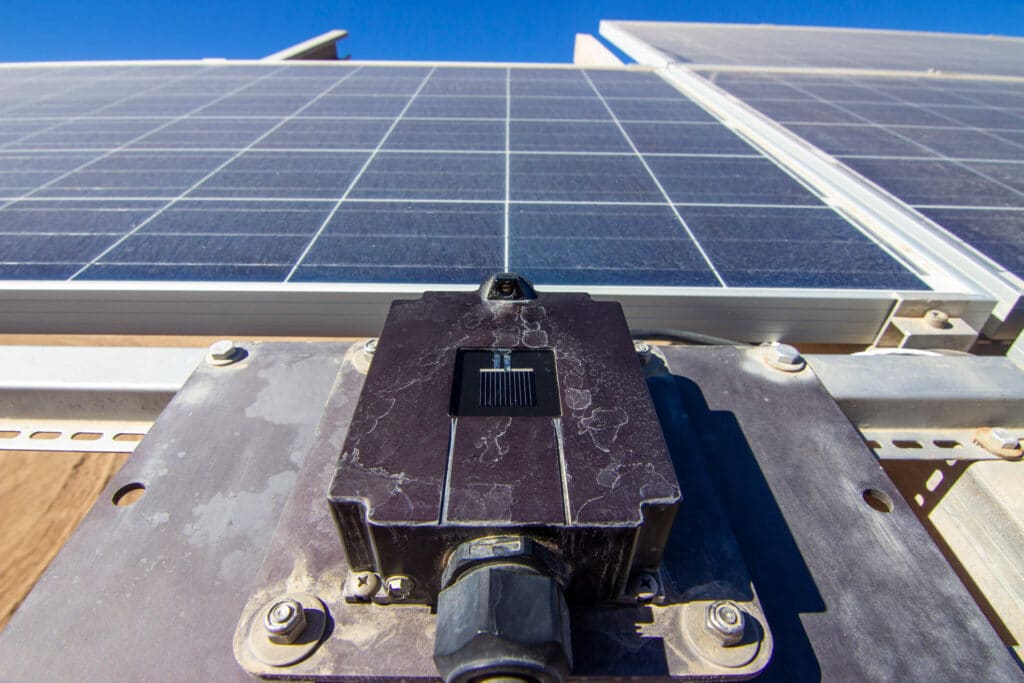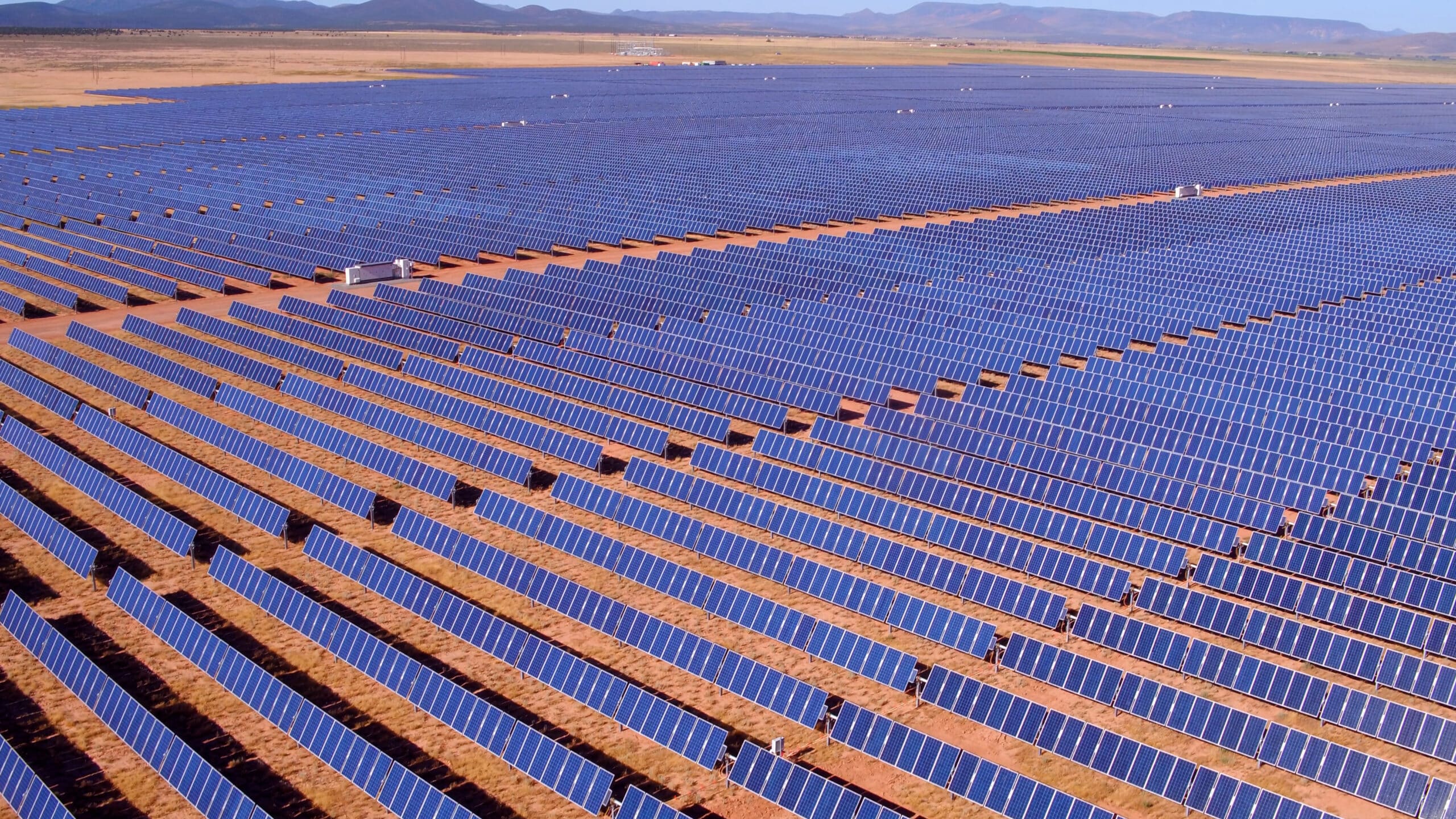POSTED
August 18, 2023
Top 5 Risks of Investing in a Solar Development Project
Are you considering investing in the world of solar development? There is a significant amount of potential solar development risks and rewards, both financial and non-financial. There are dozens of factors that affect the return from a solar development project, or even the likelihood of its success. Even one small risk can delay a project […]

Are you considering investing in the world of solar development? There is a significant amount of potential solar development risks and rewards, both financial and non-financial.
There are dozens of factors that affect the return from a solar development project, or even the likelihood of its success. Even one small risk can delay a project or bring it to a screeching halt, leading to large financial loss.
As an investor, it’s important to be aware of both the solar development risks and rewards. This blog post will focus on the five top risks in investing in solar development.
solar development Risk #1: Land & Environmental
The first solar development risk you should consider is land and environmental factors. Archaeological finds may uncover important historical elements that need further exploration and may close a potential site for a future solar farm.

There can also be other risk factors in developing the land, such as less sunlight than is necessary—or the discovery of an endangered species. If endangered animals or rare artifacts are found on the land, it could be required to close down.
Risk #2: Jurisdiction
The second risk factor is the regulations for solar farms. They are constantly changing, and there is a chance on any solar farm that new regulations will be introduced to that jurisdiction that make it no longer profitable to develop a solar farm in certain areas.
For example, a law could pass that would limit the size of solar projects–making it impossible to develop a solar farm on the level needed for utility-scale solar farms.
solar development Risk #3: Political
Potential political issues are another risk in developing a utility-scale solar farm. Some demographics like the idea of solar, but don’t actually want it close to them, which can result in ending development completely.
If public opinion and politics shift in the county where land has been purchased to develop a solar farm, it could result in shutting down the project.
Risk #4: Technology
The constant evolution of technology is a risk you should consider when investing in utility-scale solar. Solar panels and other energy technologies constantly change and improve.

There is always the risk of new advancements in technology that can impact the relevance of the infrastructure. For example, a new type of inverter could leave a development project behind and require extra funds to convert the farm to more advanced technology.
Risk #5: Market
The final risk to consider before investing in solar is the market. If the need or demand for solar suddenly decreases with the rise of another form of energy or public opinion, it could lead to a reduction in profits.
The risks we’ve discussed involving public opinion could lead the community to decide that solar is for them, and the demand (and therefore, the return) could plummet.
Reduce the risk of investing in solar with Shasta Power
If you are interested in a lower investment for a high rate of return, check out Shasta Power! Click here to watch a free webinar from Shasta Power partners Max and John to learn more about renewable energy and why it is such a powerful place for your investment funds.



